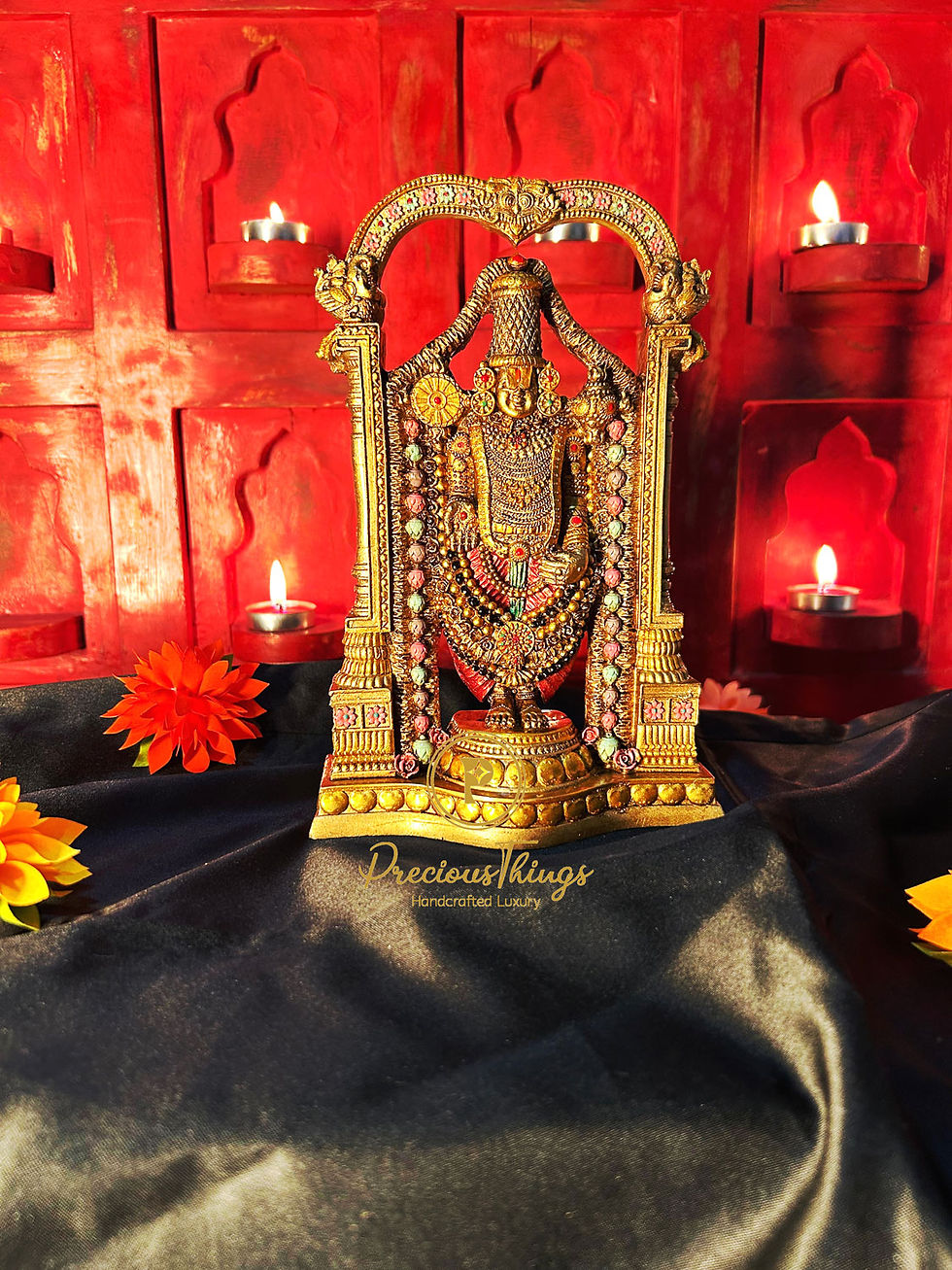The Tanjore painting of Lord Subramanya Swamy, also known as Lord Murugan or Kartikeya, is a traditional South Indian art form that celebrates the deity of wisdom, courage, and divine power. Depicted with intricate detail and vibrant colors, the painting often showcases the Lord in a regal posture, adorned with rich ornaments and seated on his divine vahana, the peacock.
Characterized by its use of 22-carat gold foil, embossing techniques, and meticulous craftsmanship, this artwork embodies the essence of devotion and spirituality. The painting is not only a divine addition to homes and sacred spaces but also a symbol of prosperity and protection. It captures the rich heritage of Indian culture while preserving the timeless allure of Tanjore artistry.
Subramanya Swamy Thanjavur Painting
Thanjavur painting is a classical South Indian painting style, which was inaugurated from the town of Thanjavur (anglicized as Tanjore) in Tamil Nadu. The art form draws its immediate resources and inspiration from way back about 1600 AD, a period when the Nayakas of Thanjavur under the suzerainty of the Vijayanagara Rayas encouraged art—chiefly, classical dance and music—as well as literature, both in Telugu and Tamil and painting of chiefly Hindu religious subjects in temples. It is distinguished by their rich and vivid colors, simple iconic composition, glittering gold foils overlaid on delicate but extensive gesso work and inlay of glass beads and pieces or very rarely precious and semi-precious gems. They essentially symbolize ancient themes of traditional gods and goddesses.

















